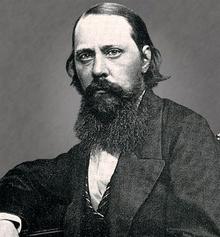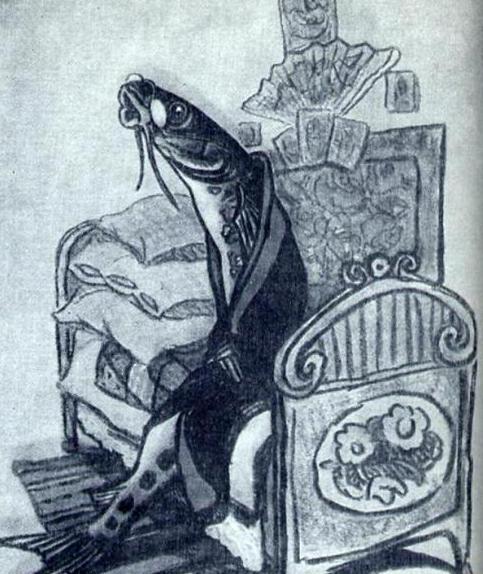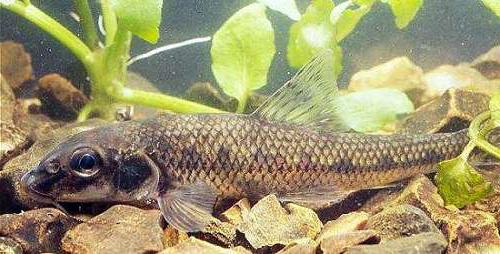"Wise minnow", fairy tale analysis
Saltykov-Shchedrin, "The Wise Gudgeon", the analysis of the tale will begin with the writer's personality.
Mikhail Evgrafovich was born in 1826 (in theJanuary) in the Tver province. On the line of his father he belonged to one very old and rich noble family, and along the line of his mother to the class of merchants. Saltykov-Shchedrin successfully graduated from the Tsarskoye Selo Lyceum, and then took office as an official in the military department. Unfortunately, the service was of little interest to him.

In 1847 saw his first literary worksworks - "Confused business" and "Contradictions". Despite this, it was only in 1856 that they started talking about him, as a writer, in earnest. At this time he began to publish his "Provincial Sketches".
The writer tried to open his eyes to the lawlessness in the country, ignorance, stupidity, bureaucracy.
More details on the cycle of fairy tales, written by the writer in 1869. It was a kind of synthesis of ideological and creative searches of Saltykov-Shchedrin, a certain result.
Mikhail Evgrafovich could not completely expose everythingthe vices of society and the failure of the management of the state apparatus because of the censorship that existed at that time. That is why the writer chose the form of a fairy tale. So he was able to sharply criticize the existing order, without fear of prohibitions.

The fairy tale appeared in 1883, it is famous andthis day, has even become a textbook. Her story is known to everyone: there lived a gudgeons, which was quite ordinary. His only difference was cowardice, which was so strong that the gudgeon decided to spend his whole life in the hole, without sticking out from there. There he sat, afraid of any rustle, every shadow. So his life passed, neither family nor friends. The question arises: what kind of life is it? What did he do good in life? Nothing. He lived, trembled, died.
That's the whole story, but it's just a surface.
The analysis of the fairy tale "The wise gudgeon" implies a deeper study of its meaning.
Saltykov-Shchedrin depicts the mores of his contemporarymiddle-class Russia. In fact, a gudgeon is not a fish, but a cowardly philistine who fears and trembles only for his own skin. The writer has set himself the task of combining the traits of both fish and man.

The fairy-tale depicts philistine alienation and self-containedness. The author is offended and bitter for Russian people.
Read Saltykov-Shchedrin's works not so muchsimply, that's why not everyone could comprehend the true purpose of his fairy tales. Unfortunately, the level of thinking and development of modern people is not very appropriate.
I want to draw attention to the fact that the thoughts expressed by the writer are relevant to this day.
Read again the fairy tale "A wise gudgeon"analyze it based on what you have learned. Look deeper from the design of the works, try to read between the lines, then you will not only be able to analyze the "wise gudgeon" fairy tale yourself, but all the artistic works.
</ p>







